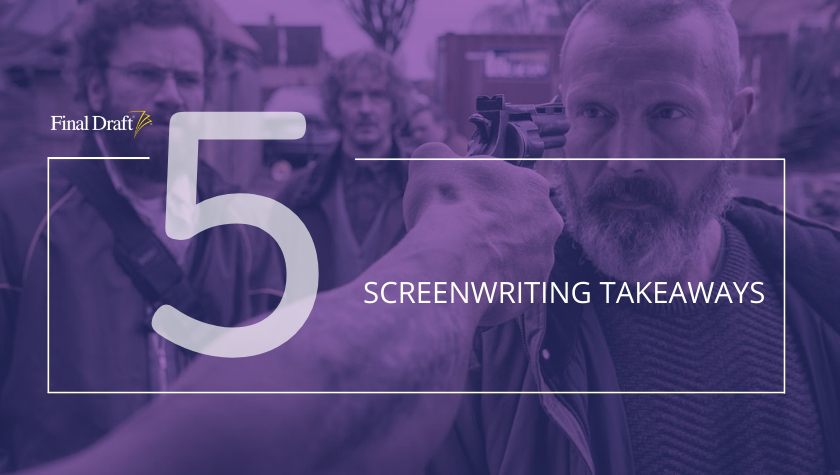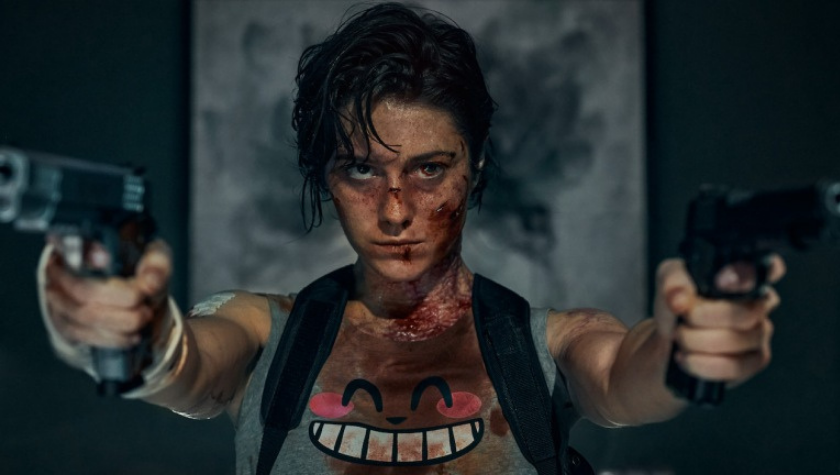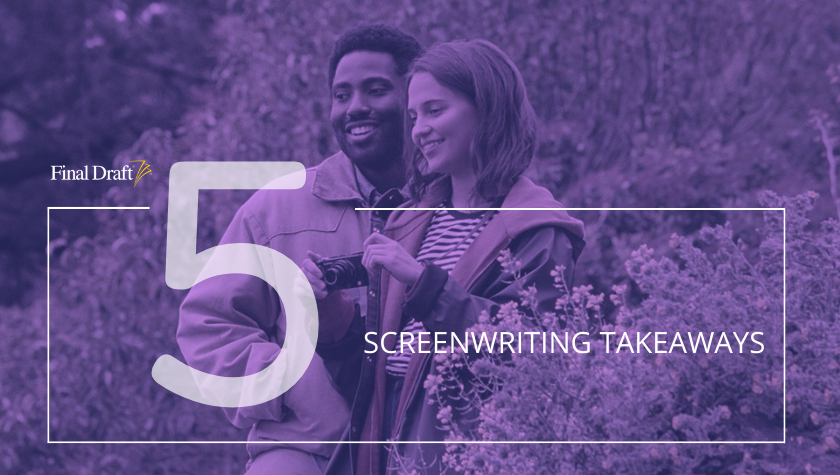5 Screenwriting Takeaways: 'Kate' is a standout, relentless assassin
September 24, 2021
Some actors act badass but struggle to pull it off. Mary Elizabeth Winstead is a badass in Kate, a new action film by director Cedric Nicolas-Troyan and writer Umair Aleem.
Reminiscent of Sigourney Weaver’s Ripley, Winstead plays Kate, an assassin who has been trained since childhood to do one thing: kill. As her seven-year mission comes to an end, Kate feels it’s time to retire. Her mentor, Varrick (Woody Harrelson), guides her through the conclusion of the final mission.
Of course, there’s a problem. Kate has been poisoned with a pill that gave her acute radiation syndrome and, per doctor's analysis, she will likely die within a day. The film is set in motion as Kate tries to track down who poisoned her, bent on vengeance.
Here are five screenwriting takeaways from Kate:
1. Who is the protagonist?
From the first moments the viewer sees Kate, they know that she is a smart and capable person. The audience watches as she moves quickly and with purpose as she prepares to complete the final mission. But something gets in her way: the man she is supposed to kill has a young girl next to him. Now the protagonist faces assassinating someone in front of someone young and innocent. Does she do it? What does her choice say about her character?
Writers can see how the screenwriter set up the situation with everything the audience needs to know about the protagonist, all in a matter of minutes.
2. Show, don’t tell
"Show, don’t tell" seems to be one of the first pieces of advice given out when writing a screenplay. Film is a visual medium, so it makes sense. What does it mean, though?
In Kate, we see a protagonist of few words. That’s part of the character as she is mission-focused and needs to get information from others. There are rarely more than a couple sentences spoken at a time.
One pivotal scene centers on her holding a gun to someone she needs information from; if they can’t provide it or they lie, they’re dead. She doesn’t say much more than that, and goes through with her threats when necessary. In other films where little pieces of dialogue are often thrown in for seemingly no reason, Kate doesn’t have them. Winstead shows the camera with looks, winces, and methodical movement rather than words.
Another great example of showing and not telling is Nicolas Cage’s role in Willy’s Wonderland, in which he doesn’t say a single word.
3. What makes her different?
A young woman who lost her family is taken in and trained to be a lethal assassin. Is this Black Widow? Is it Hanna? Is it any number of films that have a similar protagonist?
And what about their mentor? Often an older father figure training this young child to be a deadly weapon.
While there’s nothing wrong with this type of film or these characters, it’s up to the writer to distinguish what makes this different from other ones we’ve seen. Why would we want to follow this character if it seems too familiar?
Meanwhile, there’s no hiding the fact the film was produced by the creator of John Wick and Atomic Blonde. There’s an expectation of who the character will be and the ruthlessness and precision they need to accomplish their mission. Ultimately, the protagonist is human and even those who go through rigorous training will have human qualities that the viewer can empathize with.
Finding that core to the character is what can set them apart and make a somewhat familiar story feel original.
4. Minimum characters
Aside from the bad guys who get shot, stabbed, and beat up, there are really only a handful of characters with speaking roles in the film. Kate does a great job of keeping the number of supporting characters to a minimum and maximizing the exchanges between one another.
The main interactions are between Kate and either Varrick or a young girl named Ani (Miku Patricia Martineau), who helps her track down the person who wants her dead. Having supporting characters like these (particularly Ani) helps tell Kate’s story and allows her to have someone either in the way or helping her solve the mystery of who poisoned her and how she will track them down.
Writers can see how you don’t need a large cast to make for an enticing action film and how to make the most out of few characters and their interactions with one another.
One final benefit is that producers like fewer characters as it can translate to a smaller budget.
5. What is the catalyst?
Kate has always been focused on the mission. She doesn’t deviate. It’s her job and something her and Varrick have been working to complete for nearly seven years.
What is the catalyst that sends her seeking vengeance?
She initially wants a normal life, which she plans on seeking after the completion of the mission; the final kill. When Kate becomes sick, preventing her from killing the final target, she discovers that she’s been poisoned and has less than a day to live. Her ability to succeed at the only thing she’s good at has been taken away and her life is coming to end. What’s a girl to do?
This is the catalyst that propels the movie forward. From this point on, it’s a matter of Kate tracking down and finding the people responsible for poisoning her. There’s a ticking clock and a new mission — both tools that writers can use to draw suspense and drive the movie forward.
Kate is now streaming on Netflix.
Written by: Steven Hartman
Steven Hartman is an award-winning, optioned screenwriter. He was a Top 5 Finalist in Big Break’s Historical Category in 2019 and won Best Action/Adventure in Script Summit’s Screenplay Competition in 2021. He holds a Bachelor of Arts degree from Columbia College and had internships at Jerry Bruckheimer Films and Village Roadshow Pictures. Steve is a full-time writer and creative video producer by day and a screenwriter and novelist by night.



